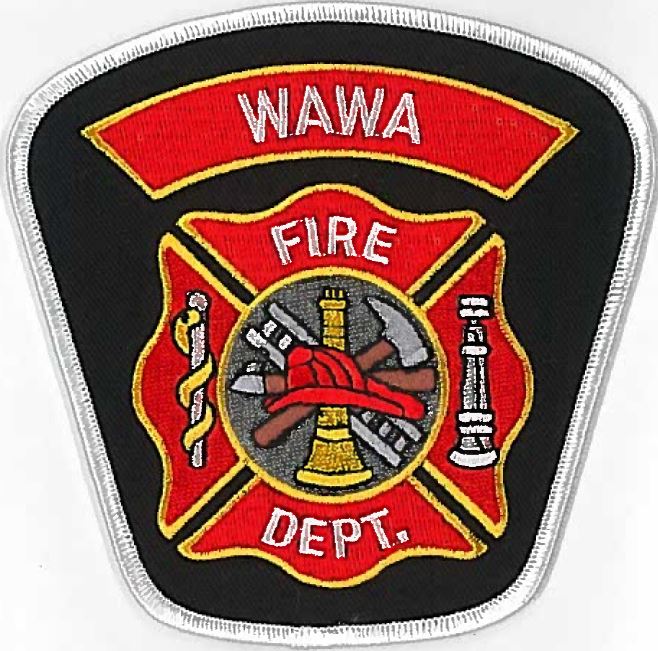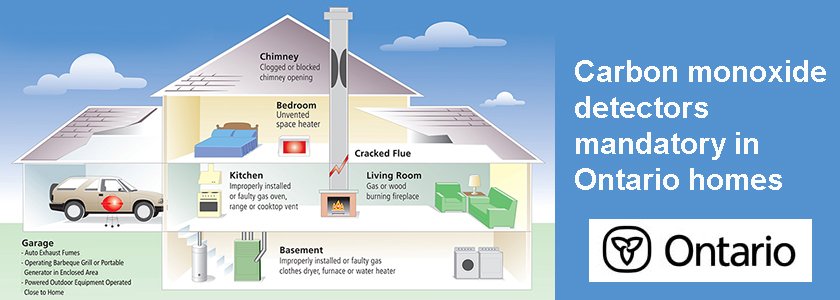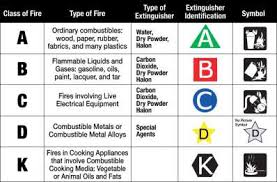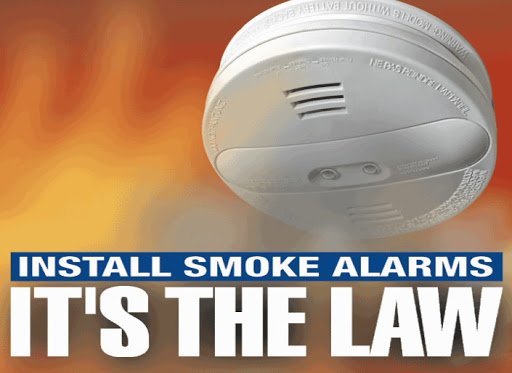Fire Prevention-Education

In an Emergency call 9-1-1.
The Wawa Volunteer Fire Department is committed to keeping our community and its residents safe. To make an appointment regarding carbon monoxide, smoke alarms, home escape plans, or any other fire related prevention and education programs, email our Fire Chief or call 750-856-2244 Ext. 228.
The Office of the Fire Marshal (OFM) is pleased to announce the launch of the new Charged for LiFE (Lithium‐ion Fire Education) website.
Stay Safe while using Lithium batteries. View the video by clicking the image below to see dangers of charging lithium batteries.
Fire Prevention and Education topics
Carbon Monoxide |
|
Carbon monoxide, also known as The Silent Killer. No colour, no odour, no taste. Common sources of Carbon Monoxide: 
Ensure Carbon Monoxide detectors are installed outside all sleeping areas For added protection, install a carbon monoxide alarm on every story of the home. Know the sound of your carbon monoxide alarm:
Source: Office of the Fire Marshal |
Cooking Fire Safety |
|
Cooking left unattended is a leading cause of home fires in Ontario.
Source: Office of the Fire Marshal |
Fire Extinguishers |
|
The best thing to do in a home fire is to get everyone out of the home immediately and call 911. Considering purchasing a fire extinguisher with an ABC rating. This can be used for most types of fires. However there are 5 classes of Fire extinguishers;
|
Smoke Alarms |
|
Every home in Ontario must have a working smoke alarm on every story and outside all sleeping areas.
|
More fire prevention and education topics are available from the Office of the Fire Marshal , along with The Fire Protection and Prevention Act 1997.
Big Lakes, Big Memories
Welcome to The Municipality of Wawa, One of Ontario's Premier Four Seasons Destinations.












 Class A - These extinguishers typically use
Class A - These extinguishers typically use  placement.
placement.